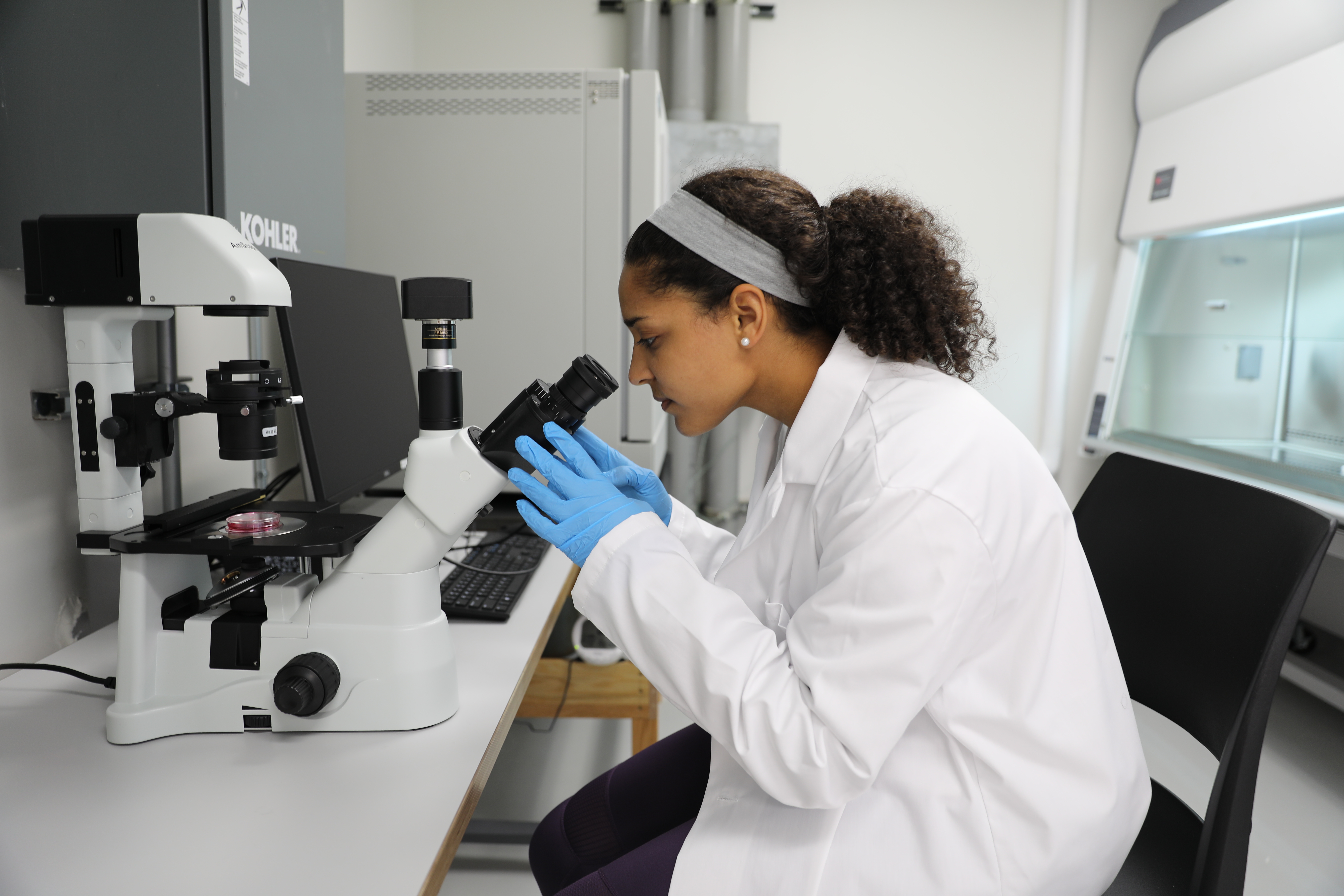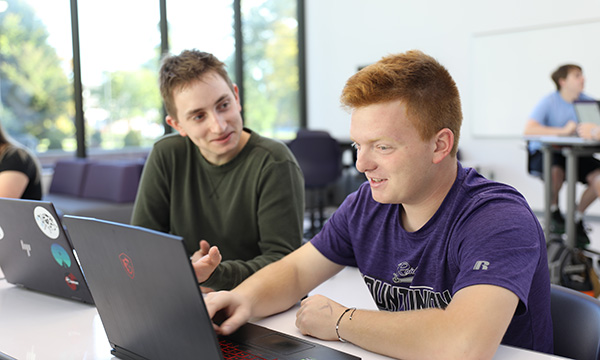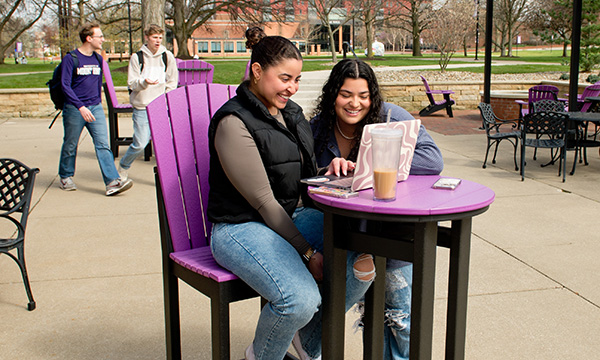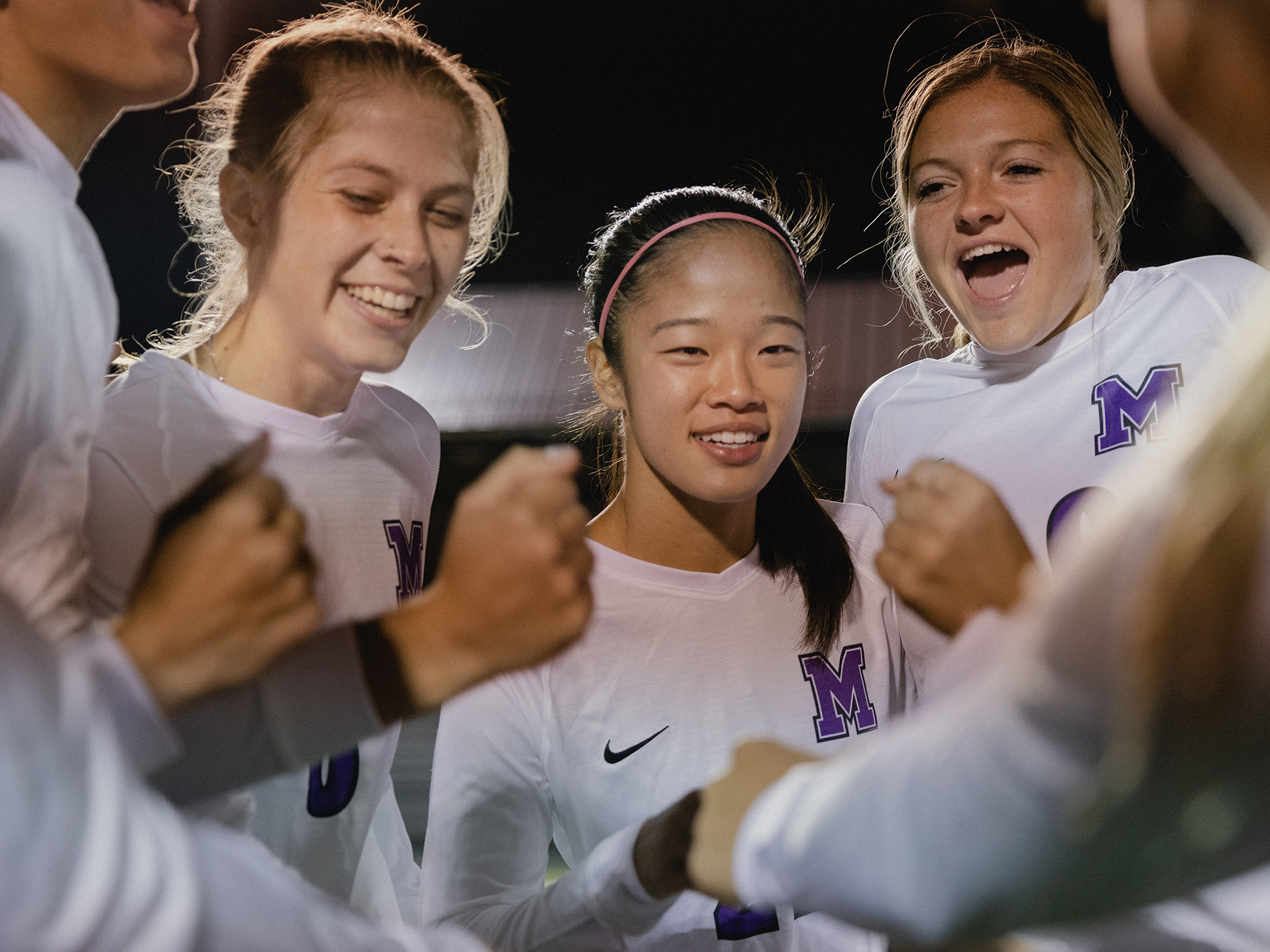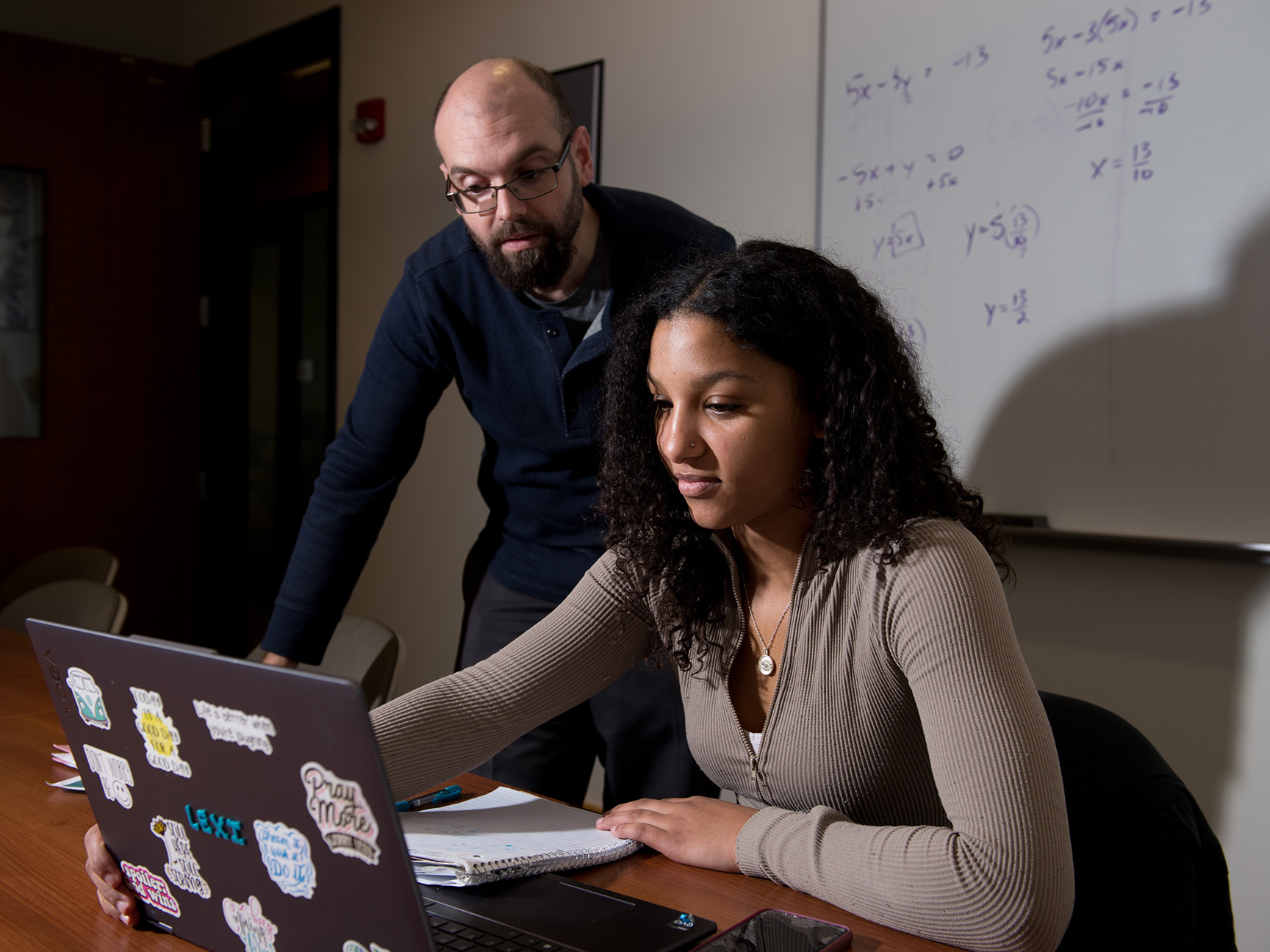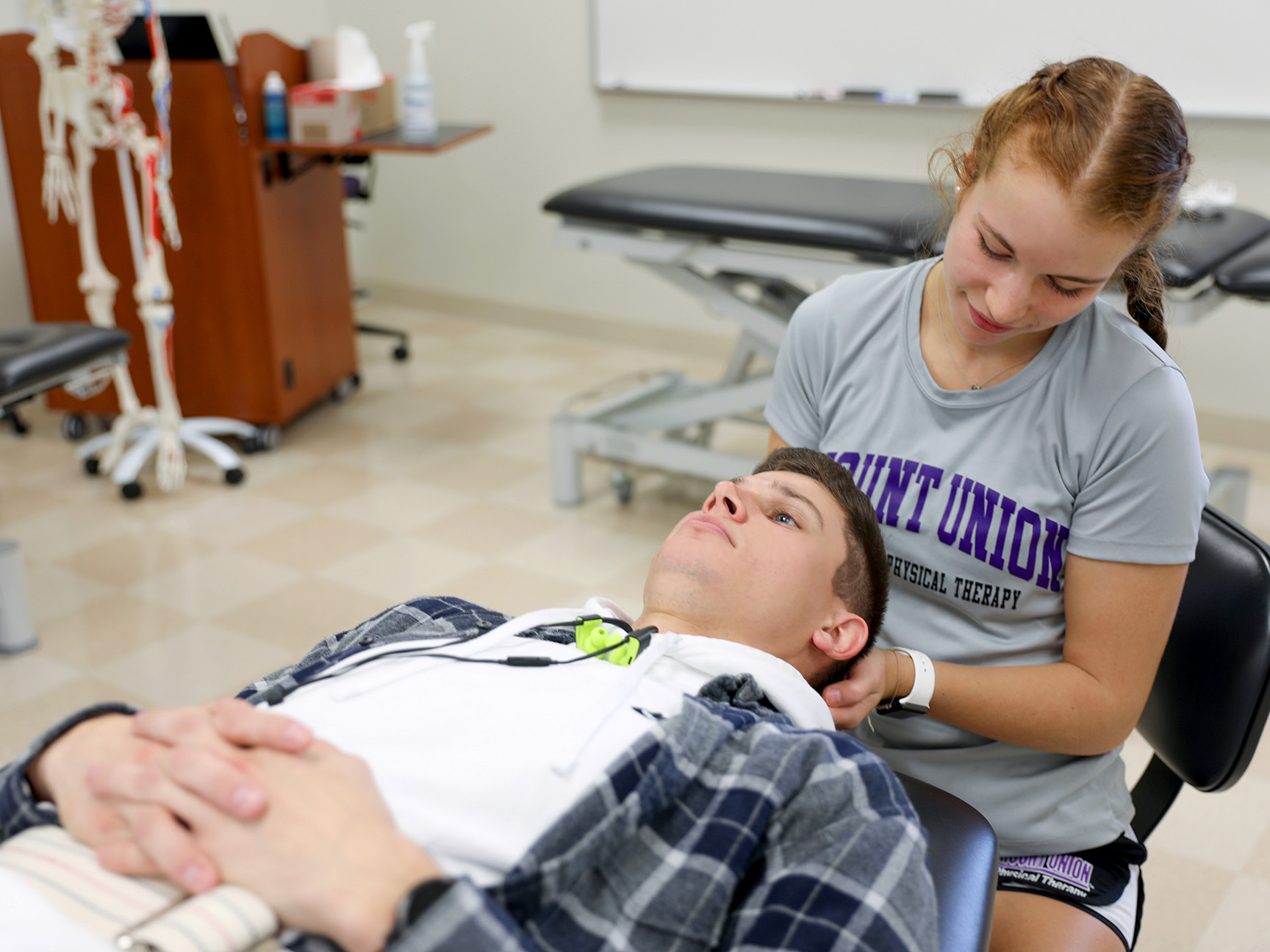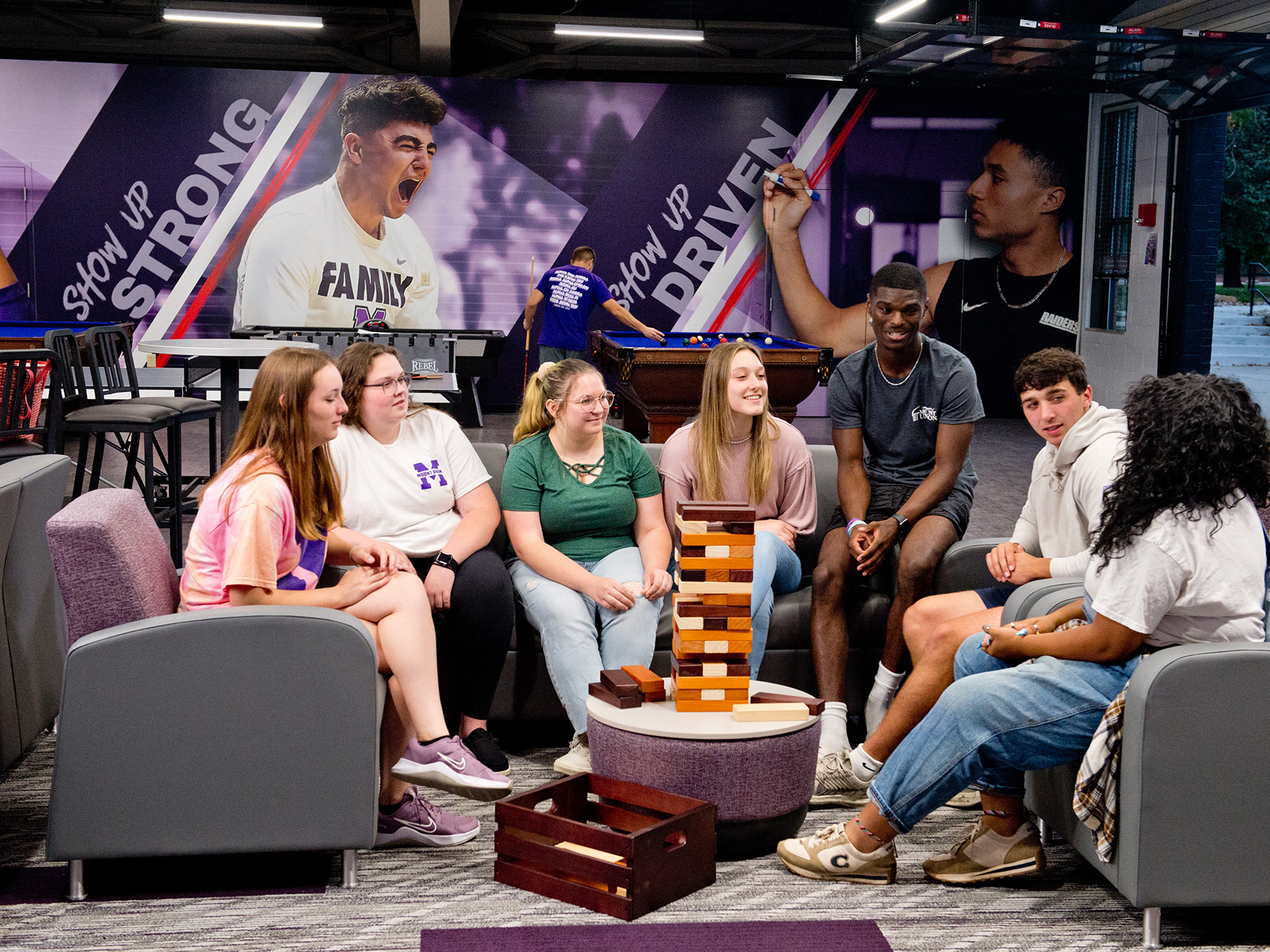STUDENTS FIRST
A STRATEGIC ACTION PLAN 2024-2027
There is no question that today’s colleges and universities face mounting obstacles. In this challenging environment, higher education institutions’ responses to declining demographics, a proliferation of higher education options, and a volatile economic environment have varied, as have the results. Some peers are thriving while others are, unfortunately, closing their doors. Mount Union’s approach to clearing such hurdles has long been a planful one – recognize the threats, acknowledge the risks, and develop a malleable plan to rise above the challenges. Students First – A Strategic Action Plan for 2024-2027 is the University’s latest effort to set a course for a successful future.
The ever-changing nature of higher education demands that today’s colleges and universities be nimble and proactive in their planning. Thus, Students First is a three-year, rolling strategic action plan that will be reviewed and modified as necessary. The plan provides a framework that outlines both strategic initiatives and actions to be implemented through campus-wide development of annual goals, which support the plan.
